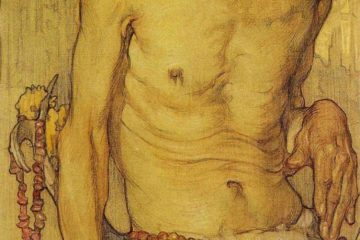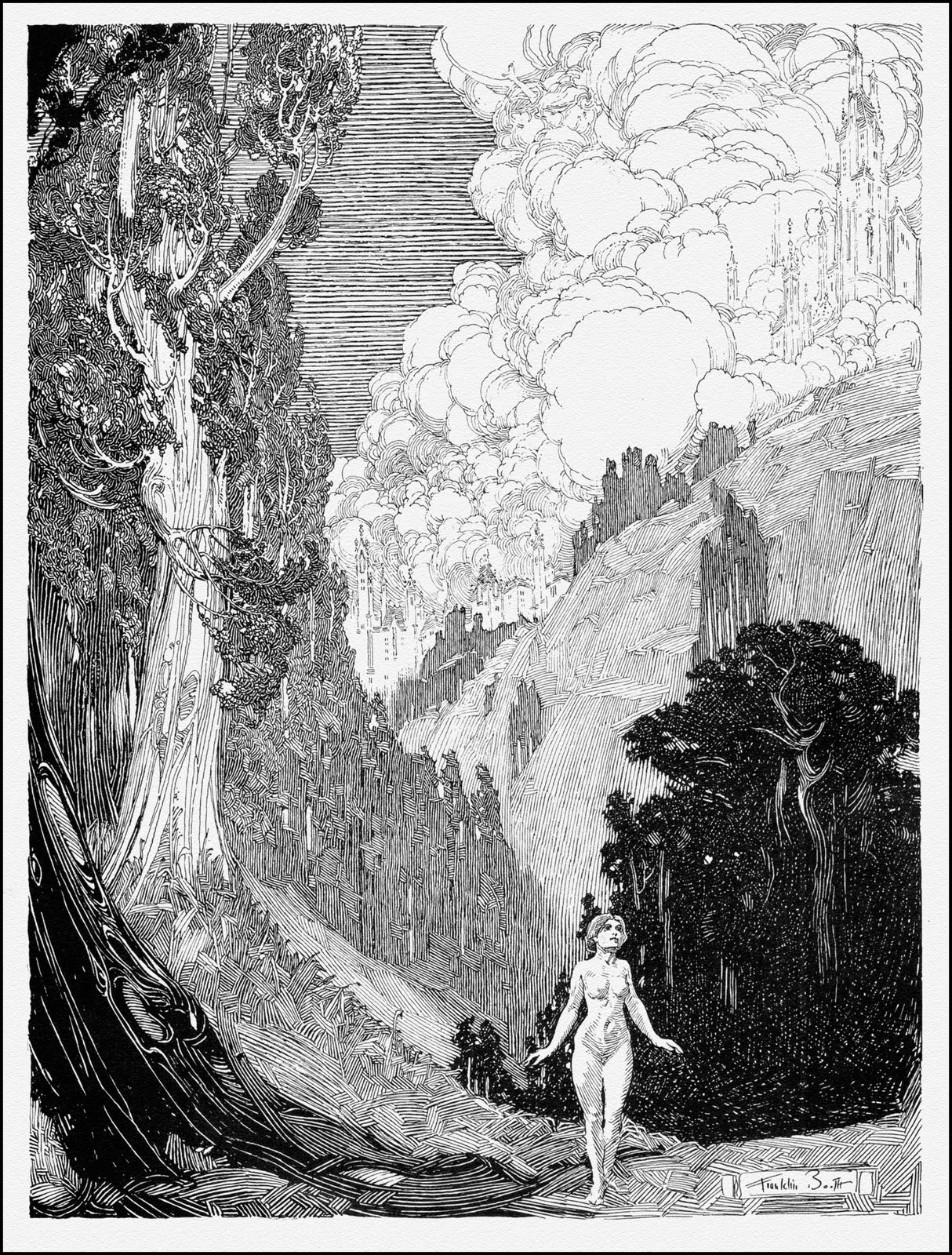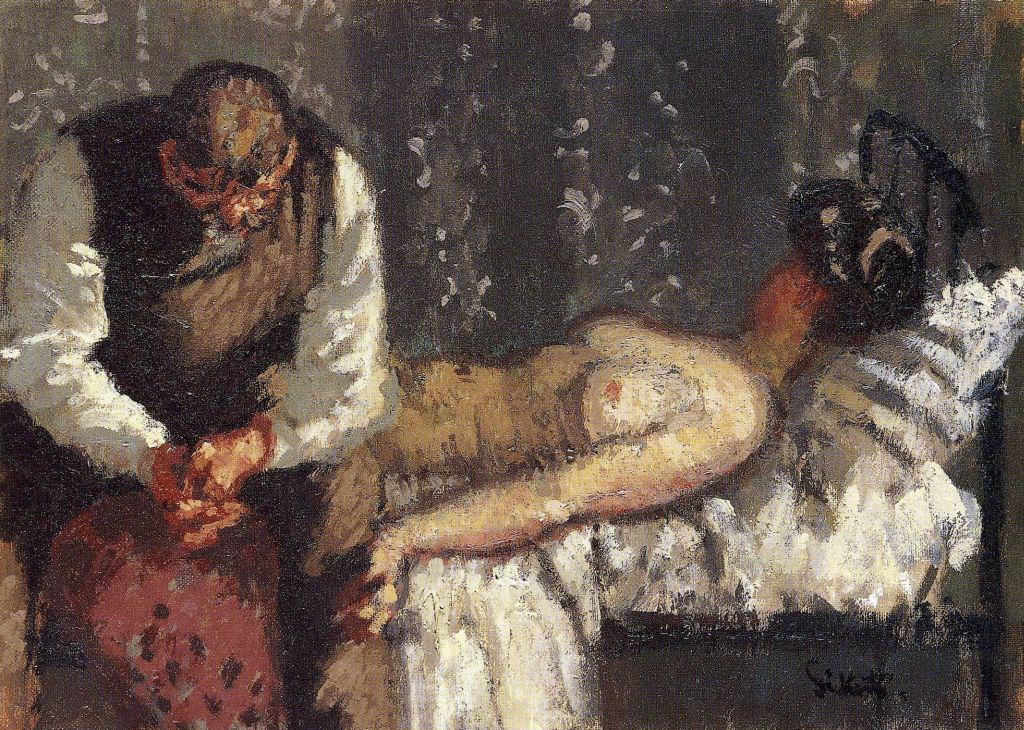On the road of the new and improved (or at least different) “This Week’s Art” posts, this week I thought I’d talk about an art term. Partly for those who may not know what it means, and partly because I get to learn a little too. This week’s art term/word is “Trompe l’oeil”. No, I can’t pronounce it either [edit: it’s pronounced “tromp loy”, according to sources]. But as an effect in art I think it can be dazzling, and when used in combination with real life objects can be fascinating to behold.
Well, what is it? Trompe l’oeil is, to me anyway, bringing an alternate reality to our own real setting. The french term itself means, “trick the eye,” which is exactly what it does using perspective and other artistic trickery. It can take many forms, from small paintings on canvas to the largest buildings, and is created to give the realistic illusion of some other reality.

For example, in the rather ornate church image (at right/above; Jesuitenkirche, Vienna, Austria), the beautiful and ornate dome doesn’t really exist at all. In 1703, Andrea Pozzo created the painting of just the interior of the dome on a nearly flat section of the ceiling. Pozzo created a number of works using the technique, including several more churches in Europe.
Even recently, the effect is being used to enhance what would be otherwise drab walls and other areas. Artist John Pugh (www.illusion-art.com) has created a number of monumental designs, including several of my favorites. The one I have here at the bottom of the post, with the columns behind the seemingly broken wall, is on the side of Taylor Hall on California State University’s campus (1981). On this page here, you can see a final image of the “Cafe Trompe L’oeil” in San Jose, California, and an image right below it of the work in progress.
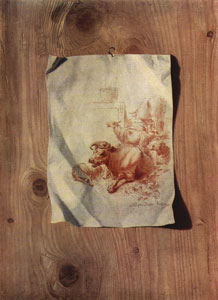
Trompe l’oeil doesn’t necessarily have to be enormous either. Henry Fuseli (aka Johann Heinrich Füssli) created a piece only 49 cm x 37 cm, called, of course, “Trompe l’oeil” (oil, 1750). The image is of a piece of paper with a sketch on it, hanging on a board. Much like the larger works of the technique, the smaller image can really force a double take in real-life, and make someone stop and look at the art.
There are many more examples of the technique, and for me they are not only fun to look at, but also really make me think about perspective and how it can work in a two dimensional medium. Many of the Trompe l’oeil artists pull off what many other artists are looking for: getting the viewer to forget for a moment about the technique and getting them to focus willingly on the art, and how it makes them feel when they see it.
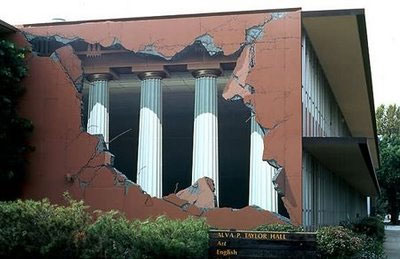
Opinions?
Russ
